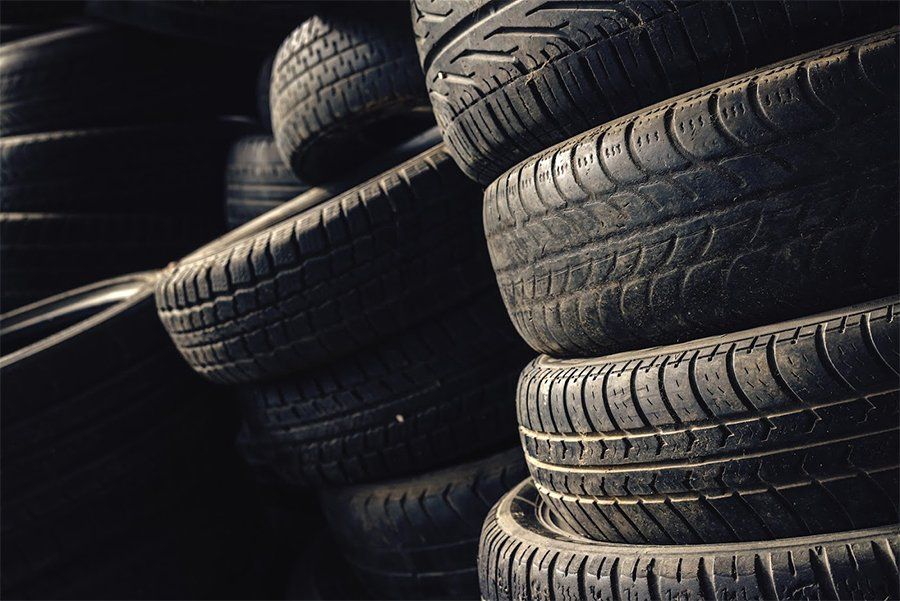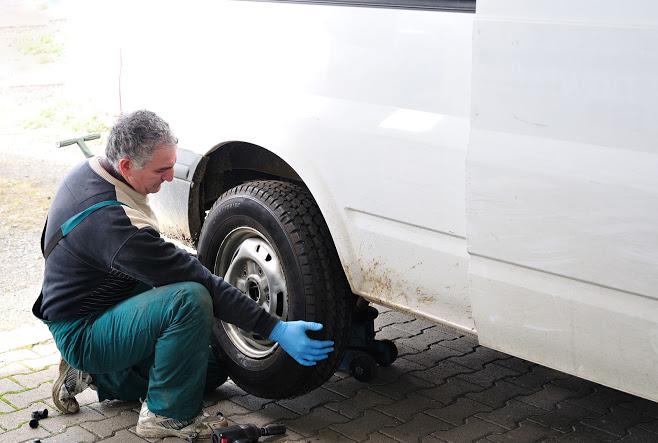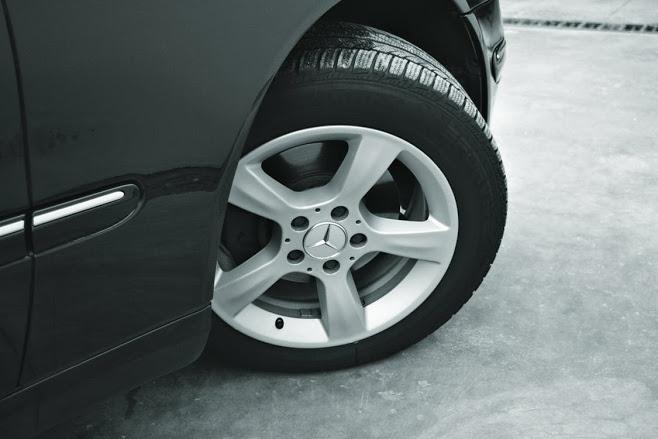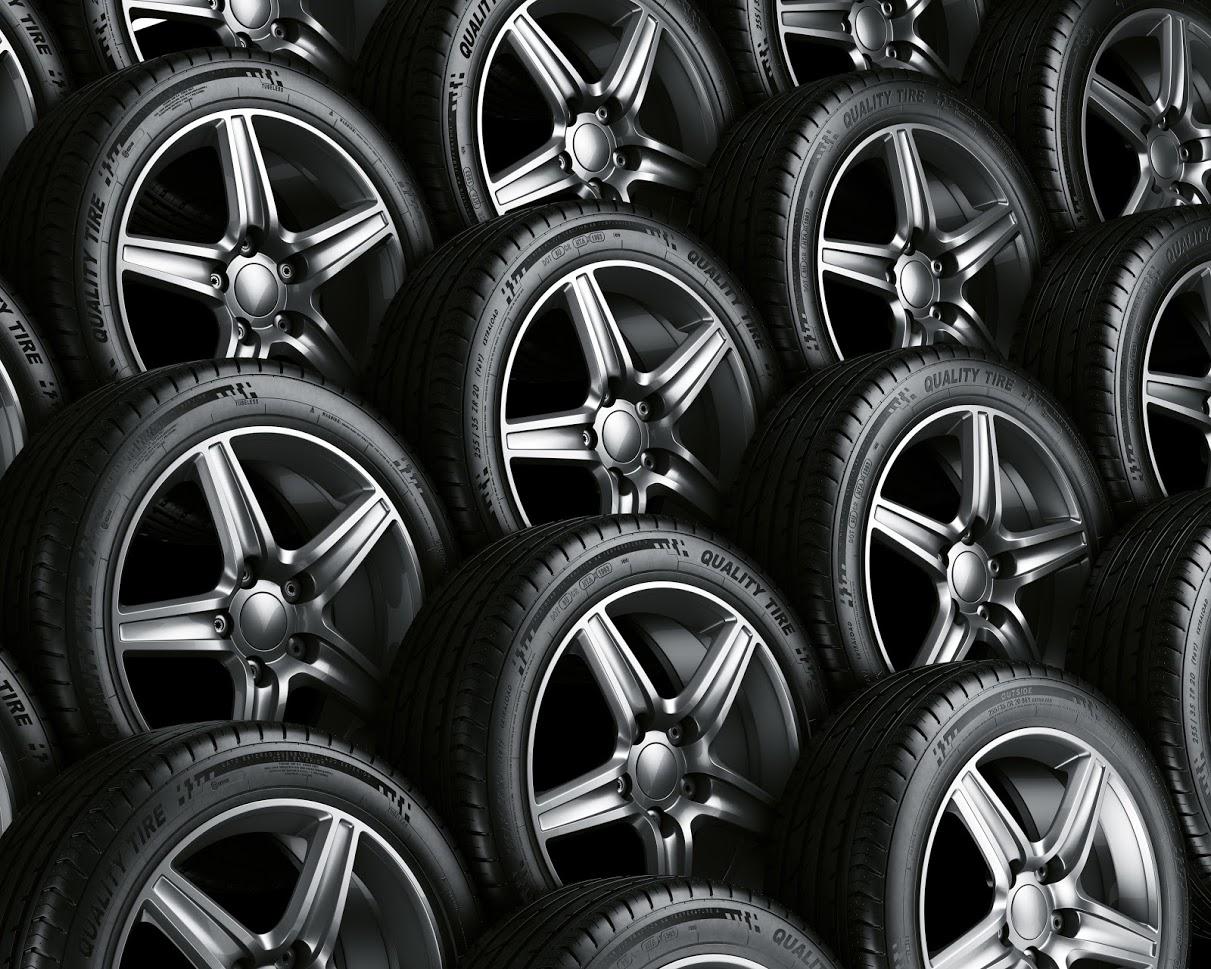Types of Off-Road Tires and Their Uses
- By Admin
- •
- 25 Jul, 2019
- •
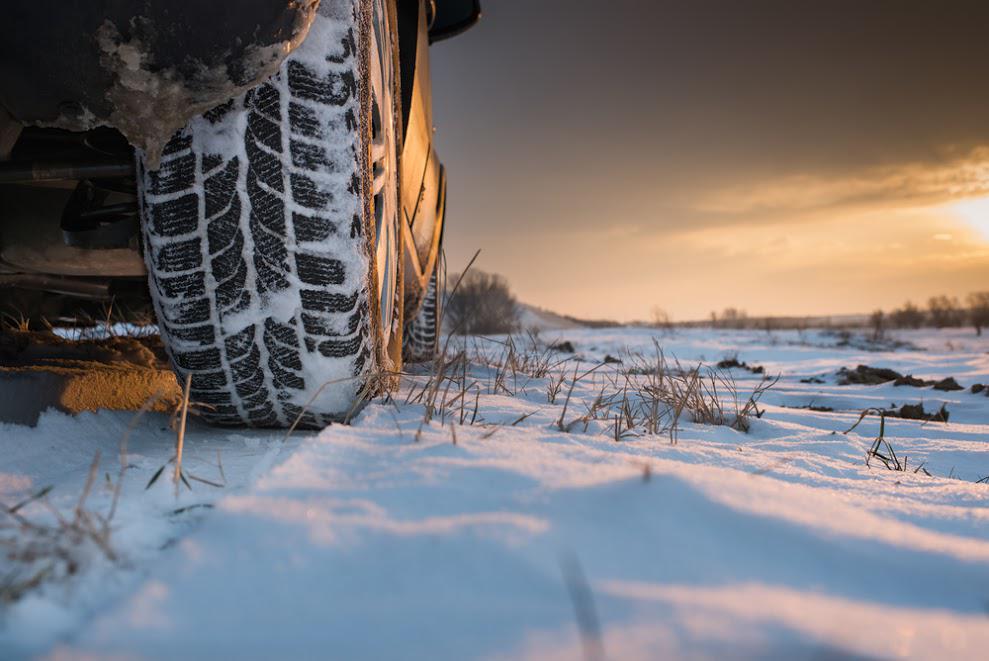
Driving over unpaved terrain requires specialized tires, but there's no one kind of off-roading tire that's perfect in every situation. Instead, there are a number of different types of off-roading tires. Here are some of the common ones and how they're best used.
All-Terrain Tires
All-terrain tires are so-named because they're suitable for a wide array of driving conditions. They perform well on roads, which makes them a great choice if you use the same vehicle for everyday driving and off-road exploring. They also can handle some snow and ice in the winter. Compared to standard road tires, all-terrain tires normally have the following features:
- Open-tread design, which improves traction on unpaved surfaces
- Reinforced sidewalls, which provide added strength and resist damage
- Softer rubber, which flexes to give better traction
The life span of these tires generally isn't as long as standard road tires, but they perform much better than summer or even all-season tires once you're off of pavement. Additionally, they don't generate as much road noise on the highway as some other off-roading tires do.
If you need an all-purpose tire that's capable of getting through a field or down a dirt path, all-terrain tires are made to meet your multiple driving needs.
Mud-Terrain Tires
Mud tires are made to get through sloppy terrain that would cause other tires to spin. They have wide tread blocks with deep crevasse between the treads, which enables them to maintain traction in even deep mud. Their sidewalls are also reinforced with many plies. Even if you strike an unseen object that's hidden in a puddle of mud, these tires will likely remain undamaged.
The features that make these tires good for driving through mud also help the tires maintain grip on gravel and dirt. These latter surfaces don't require quite the tread depth that mud tires have, but the depth doesn't prevent mud-terrain tires from capably handling dry surfaces.
While great for driving through mud, these tires don't handle as well as other types of tires when driving on pavement. They also can be noisy at highway speeds, as the oversized tread blocks generate more road noise than standard tires' (or even all-terrain tires') treads do.
For these two reasons, mud tires work best on vehicles that are primarily driven over unpaved terrain. Occasional road driving is alright, but you may find the handling and noise issues annoying if you use these tires for driving around town every day.
Rock Tires
Rock tires are gnarly looking tires made for climbing over all kinds of rocky surfaces. They're extremely reinforced so that they don't puncture on sharp rock edges easily, and they often have big tread blocks.
If you're driving over rocky terrain, such as on a mountain or in a desert, these might be the best tires. For any other driving, stick with another option.
Snow Tires
Snow tires and other winter tires are marketed more as a seasonal tire than an off-roading tire because their benefits apply to all cold-weather driving.
Non-winter tires become rigid in cold weather and lose traction regardless of whether you're on snow, ice, or dry pavement. Winter tires are made from a specially formulated rubber that remains flexible and can grip in cold weather. Once the temperature drops lower than about 40 degrees Fahrenheit, the tires outperform warm-weather alternatives.
No matter what type of off-roading tire you use during the warmer months of the year, you should switch to snow tires for all winter off-roading adventures. Additionally, these are the best tires to use during cold months irrespective of how much off-roading you do or what snowy terrain you drive over.
To get the tires you need, search the inventory at Radial Tire Service.


